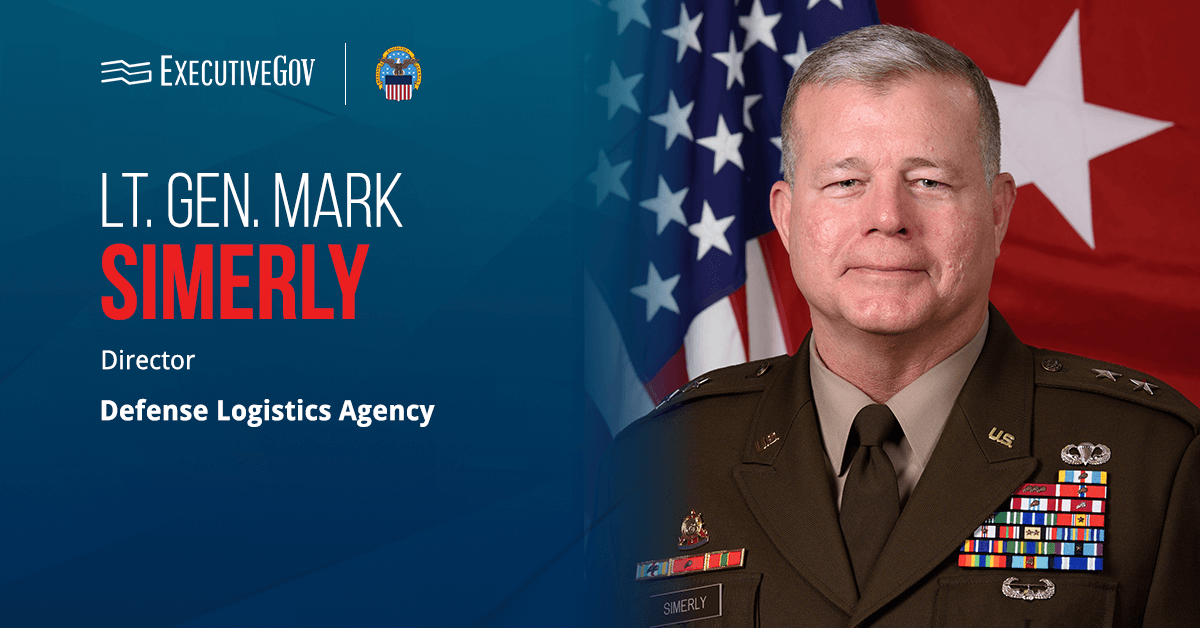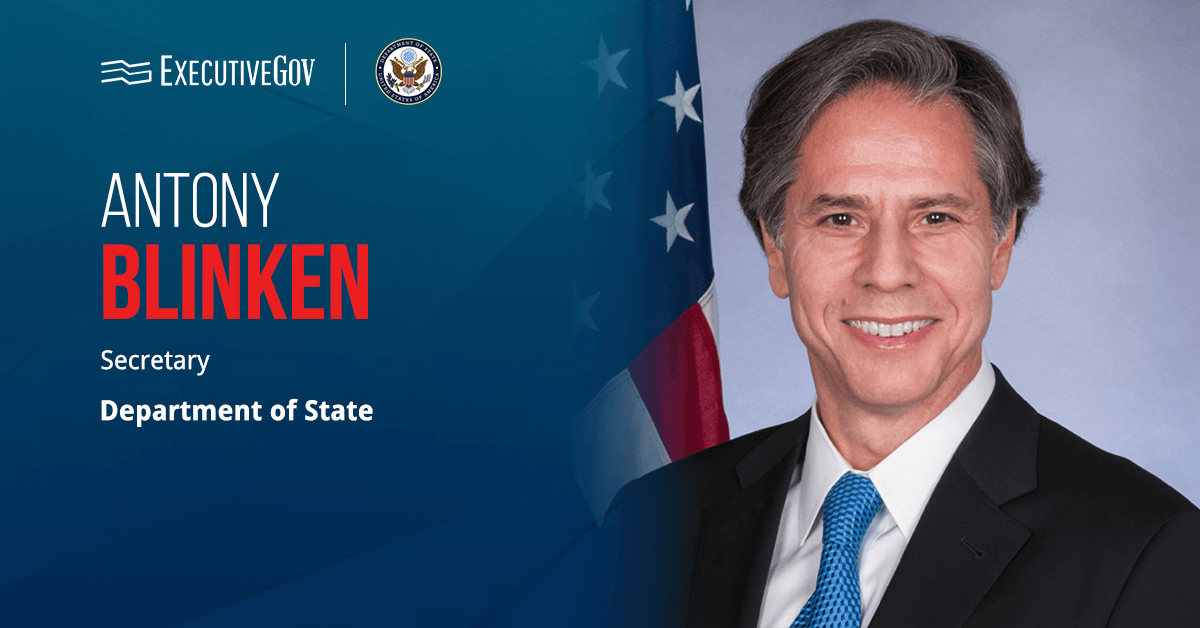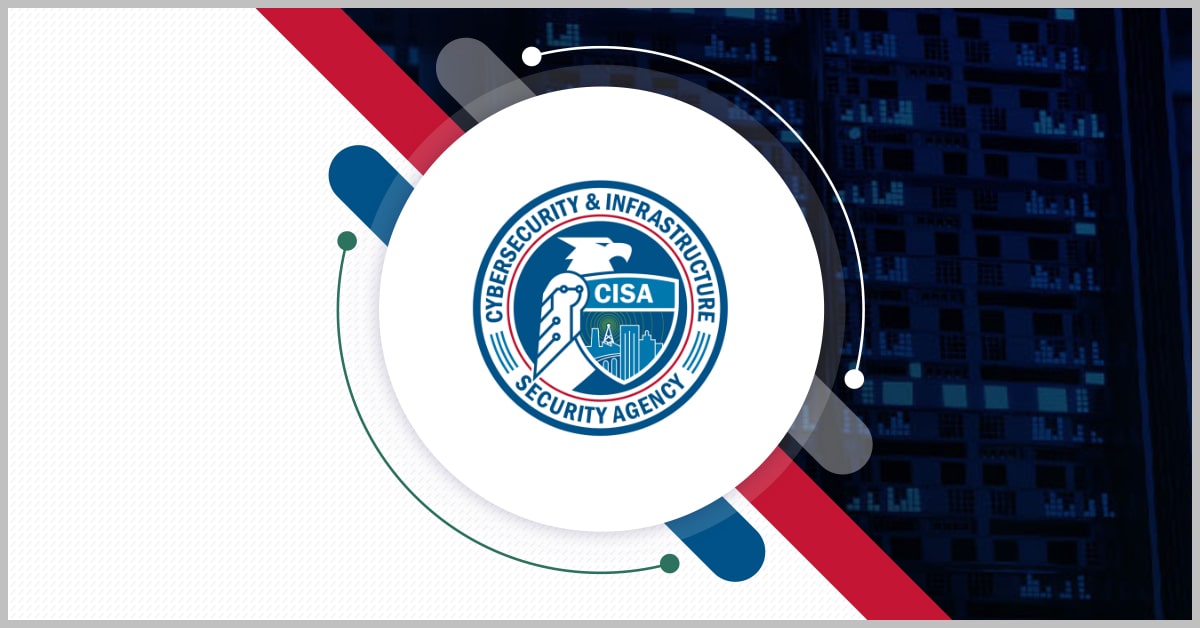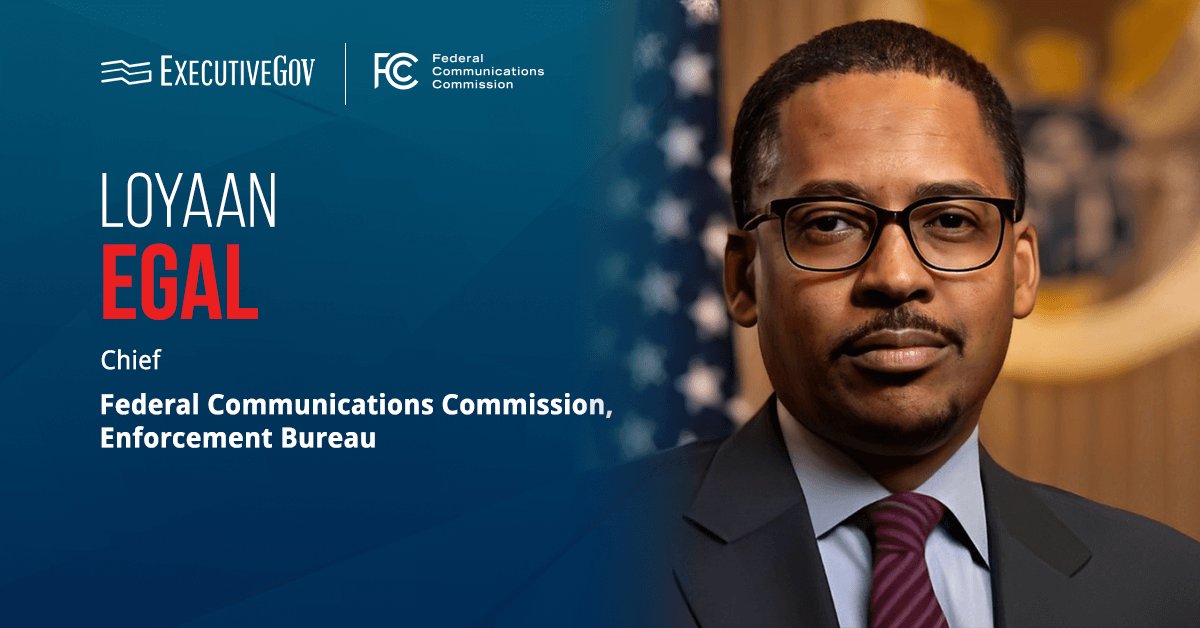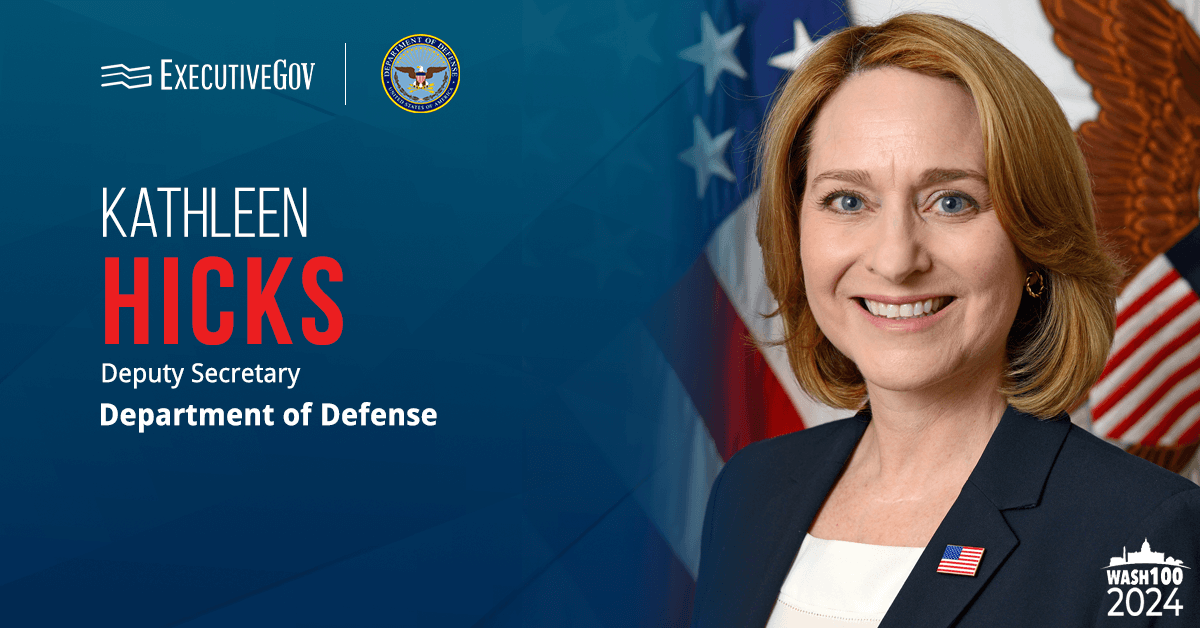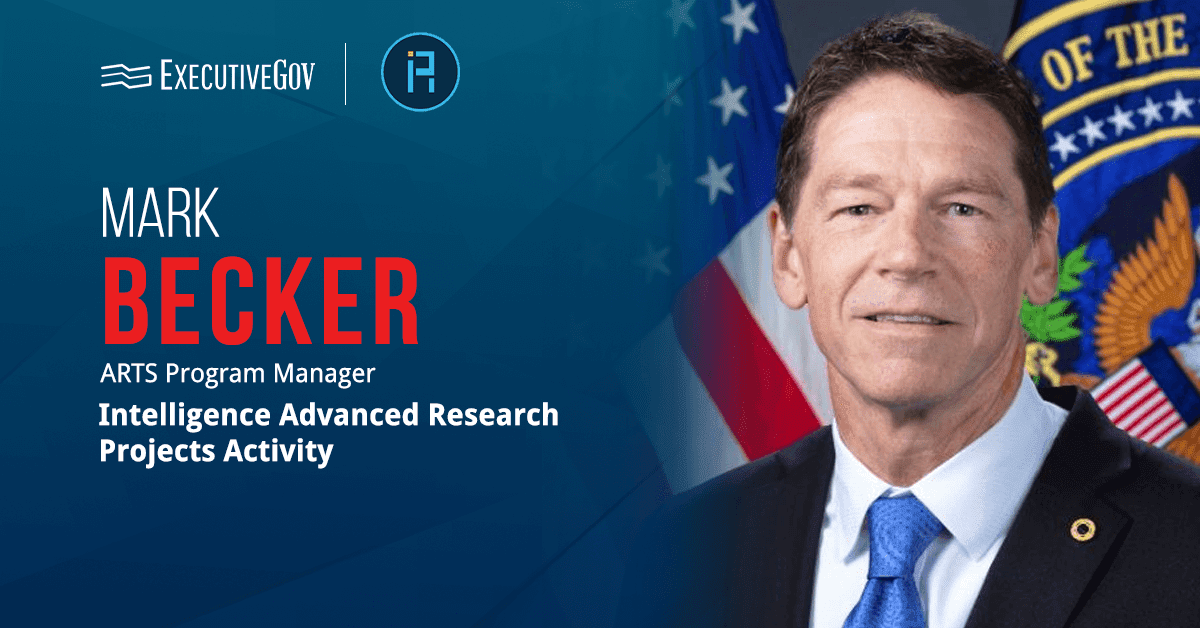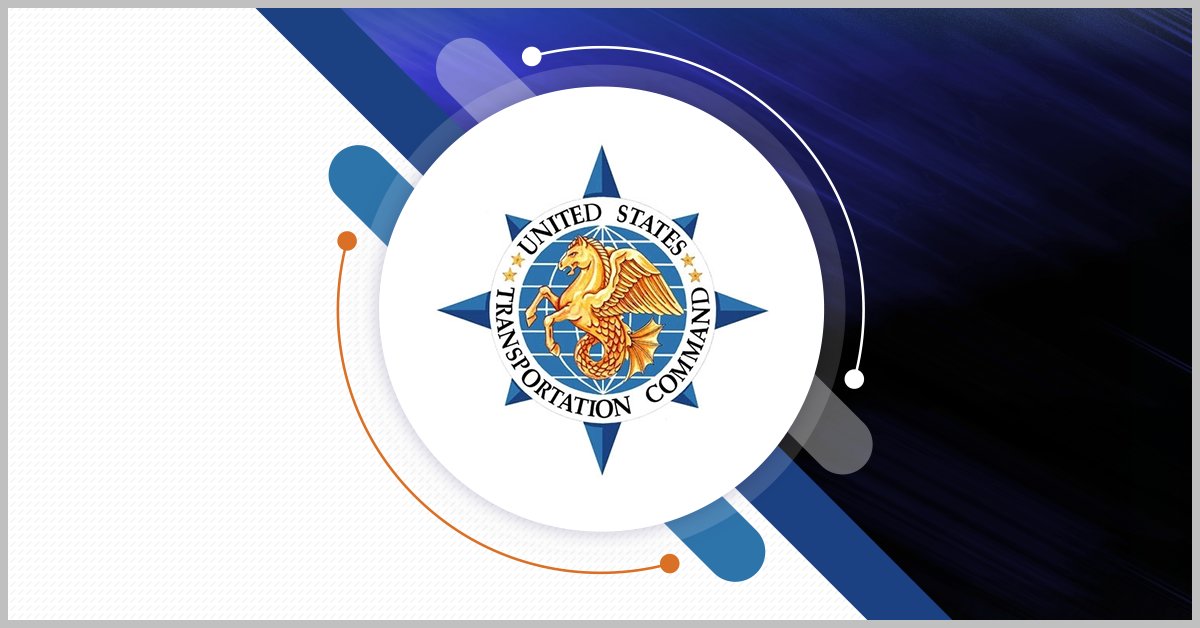Officials from Naval Undersea Warfare Center, or NUWC, Division Newport gathered for Industry Day held on Oct. 16 in Newport, Rhode Island, and highlighted the role of partnerships between industry and the government in advancing technological capabilities to support warfighters in the era of strategic competition, Naval Sea Systems Command reported Friday.
Stephen Lamb, head of the NUWC Division Newport’s contracts department, reported that the division obligated more than $2.1 billion in contracts and executed about 2,500 contract actions in fiscal year 2024, including contracts awarded to nearly 600 prime contractors across 44 states.
“The overall message was it takes a village, including the government requirements side, the government contracting side, and our industry partners to achieve the successes we’ve seen over the last couple fiscal years,” Lamb said during his presentation at the event.
Maria Gregory, director of the Office of Small Business Programs at NUWC Division Newport, discussed the Small Business Innovation Research and Small Business Technology Transfer programs and the role of open dialogue in promoting collaboration between the government and industry.
“Having forums where open dialogue and one-on-one discussions occur can accelerate the lines of communication,” Gregory said.
“Small businesses provide the foundational support of the defense industrial base that is needed to innovate and meet the challenges of the future,” she noted. “As future challenges arise, NUWC Division Newport and the Navy require more collaboration between the government and industry.”
In his keynote speech, Michael Cockey, deputy director of undersea warfare at NUWC Headquarters, cited the need for the U.S. Navy to increase its shipbuilding efforts to meet regional and global challenges and maintain strategic deterrence as the U.S. faces strategic competitors.
Cockey called on defense companies to engage in classified-level discussions with the service branch to better understand the latter’s needs and determine how to carry out business to better support warfighters during wartime.
“Can we muster the defense establishment necessary to not only build that ship, but also build an armament that goes with it?” the retired Navy captain asked.



